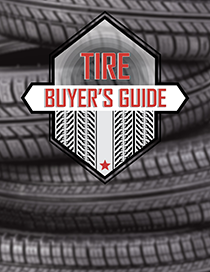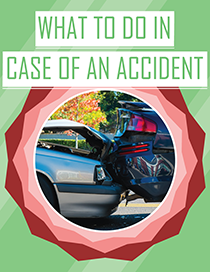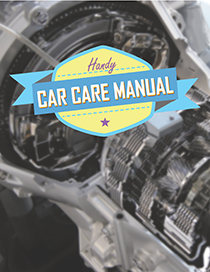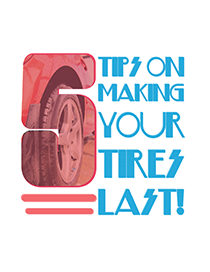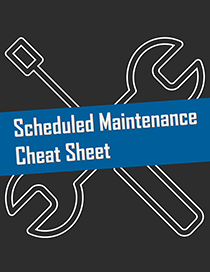What Do Your Tire’s Wear Patterns Indicate?
Tire wear patterns can tell you a lot about the condition of your vehicle and if there are any issues that need attention. Here are some common tire wear patterns and what they might indicate:
- Center Wear: If the center of your tire is wearing faster than the edges, it’s often a sign of over-inflation. Check your tire pressure and adjust accordingly. Over-inflation causes the center of the tire to carry most of the weight, leading to faster wear.
- Edge Wear: Conversely, if the edges of your tires are wearing faster than the center, it’s usually a sign of under-inflation. Again, check your tire pressure and inflate to the recommended level. Under-inflation causes the edges to bear more weight, resulting in premature wear.
- One-Sided Wear: If one side of the tire is wearing faster than the other, it could indicate an alignment issue. Misaligned wheels can cause uneven wear, affecting handling and fuel efficiency. Get your alignment checked and adjusted if necessary.
- Cupping or Scalloped Wear: This type of wear appears as a series of dips or cups around the tire circumference. It’s often caused by worn-out suspension components or improper wheel balance. Have your suspension system inspected and ensure your wheels are properly balanced.
- Feathering: Feathering occurs when the tread ribs on one side of the tire are smooth while the other side has sharp edges. It’s usually a sign of toe misalignment, where the tires are pointing slightly inward or outward. Correcting the alignment can prevent further damage and improve tire life.
- Patchy Wear: Patchy wear refers to irregular wear patterns across the tire surface. It can be caused by a variety of factors, including aggressive driving, improper tire rotation, or suspension problems. Address the underlying cause and consider rotating your tires regularly to promote even wear.
- Tread Wear Indicators: Most modern tires have tread wear indicators, small rubber bars located within the grooves of the tire tread. When these bars become level with the surrounding tread, it’s a sign that the tire has reached the end of its usable life and should be replaced.
Regularly inspecting your tires for wear patterns can help identify issues early and prevent premature tire failure. If you notice any unusual wear, it’s best to consult our shop and swing on by.

